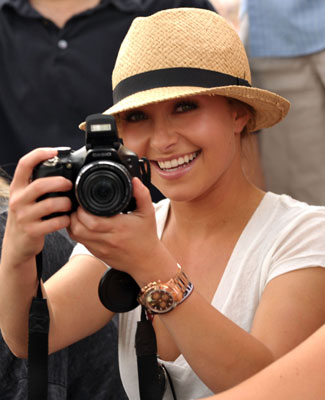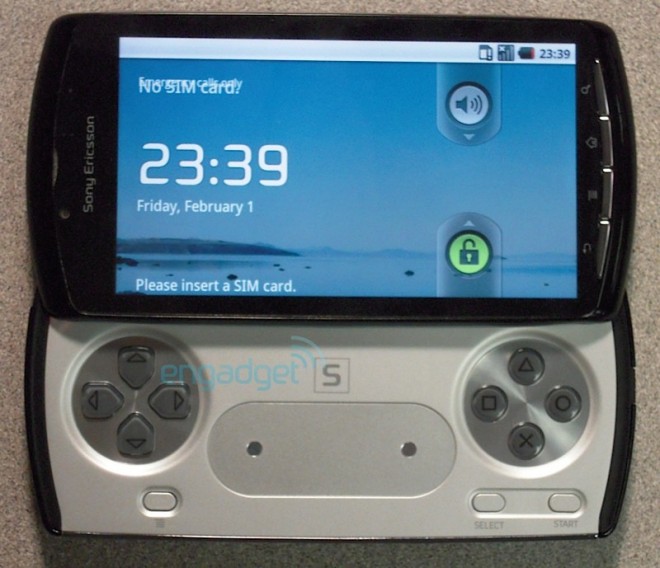THE Canon EOS 60D is the camera maker's latest DSLR camera that sits in between the entry-level EOS 550D and high-end EOS 7D.
The EOS 60D, which will replace the 50D, ups the ante for medium-range DSLR camera. It should appeal to users who want more advanced features than what is offered by entry-level cameras.
This is because the EOS 60D is endowed with a host of updated features that include a large 18-megapixel sensor, articulated LCD screen and 1080p HD video recording.
Lots of changes
The EOS 60D has a plastic body which is normal for camera of this class. Also, even though it's made from plastic, the build quality is still solid.
The camera is also now lighter and smaller that its predecessor. Even though it's smaller, a big rubber grip provides ample traction for holding the camera firmly.
Physically, the 60D has undergone dramatic changes especially in terms of the button layout. The power switch has been moved up and it now sits right beneath the mode dial.
Also, many of the settings buttons have been moved around to various parts of the camera to make room for the large 3in articulated LCD screen.
 LOCK IT TIGHT: To prevent accidental mode switching the mode dial now has a lock that requires you to press and hold it before you can twist to switch modes.
LOCK IT TIGHT: To prevent accidental mode switching the mode dial now has a lock that requires you to press and hold it before you can twist to switch modes.The mode dial also has a lock that requires you to press and hold it before you can twist it to switch modes.
This is to help prevent from accidentally switching modes but it also makes it difficult to switch between creative shooting modes and the dedicated video record mode on the other end of the dial.
For a camera that's big on HD video recording, this feature makes it frustrating and inconvenient to acces it. It would have been more convenient if the video mode was located closer to the creative shooting modes.
The EOS 60D's high resolution screen is incredibly sharp with very rich colours, and is great for reviewing and framing pictures in live view mode.
The screen's brightness is adjustable and can be bumped up to make it easier to view it outdoors.
Also, the articulated screen is versatile and flexible. You can, for example, flip it around for taking self-portrait shots or flip it out to get a better view of an overhead shot.
 USEFUL: The 60D's swivel LCD screen makes it great for creative compositions.
USEFUL: The 60D's swivel LCD screen makes it great for creative compositions.When not in use, the screen can be flipped around to be stowed and protect it from being scratched.
Also, there's now a dedicated live view button that switches on Live view mode and doubles as the record button when in video record mode.
The joystick has also been removed in favour of a directional pad nested between the camera's control dial. The d-pad is definitely a big improvement over the joystick, and it's more comfortable to use and conveniently located for making quick AF point selections.
The settings buttons located above the secondary monochrome LCD screen have been reduced to performing a single function per button.
This allows quicker access to some functions but limits the number of features you can access.
Strangely though even with all the buttons, the EOS 60D is missing a dedicated button for white balance.
Although you can set a custom button for this purpose, it is strange to find that it lacks a button for such a frequently used setting.
Another big change is that the camera now accepts SD cards, so you're going to have to trade your CF cards if you're moving up from a 50D.













 Nokia N8 (
Nokia N8 (